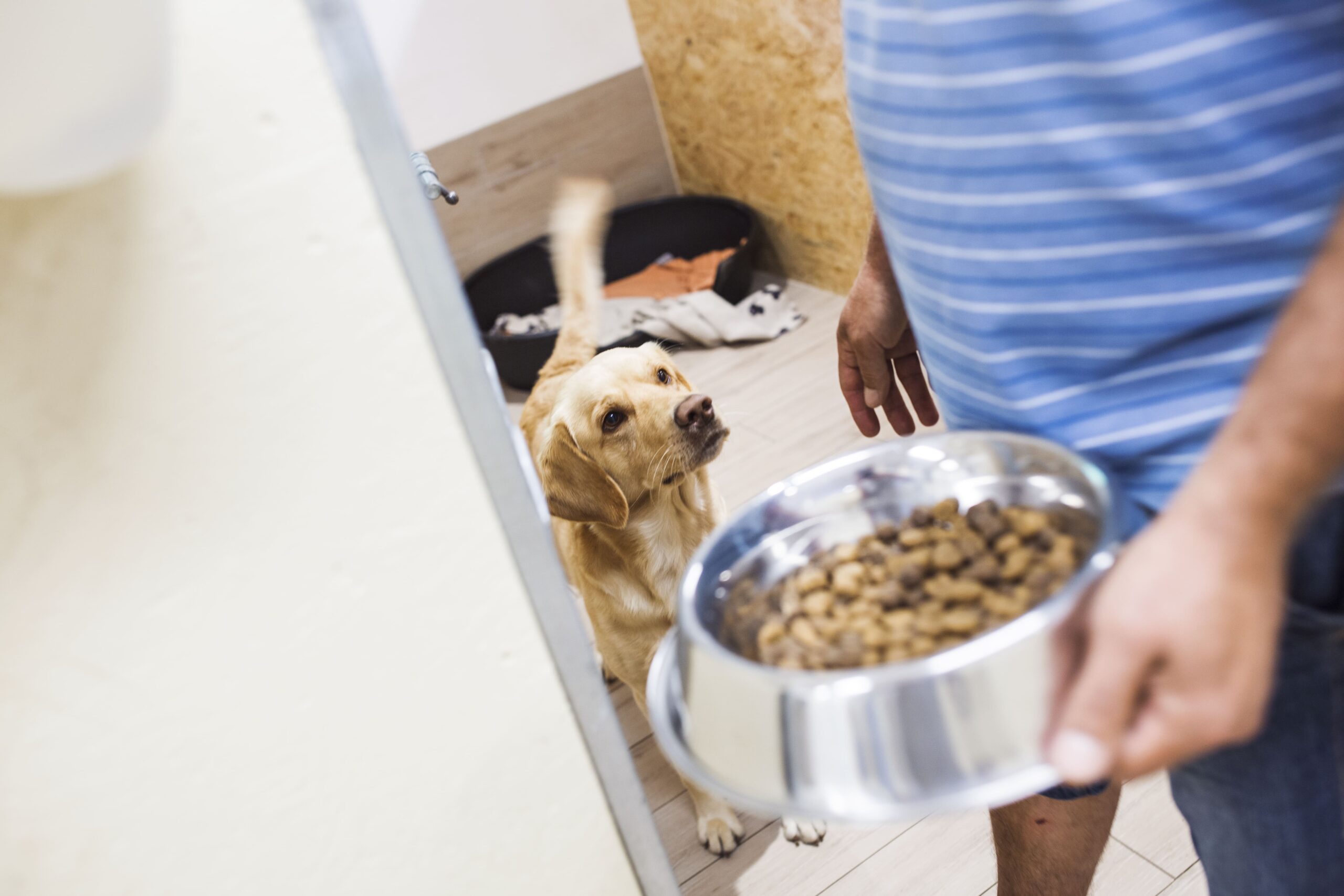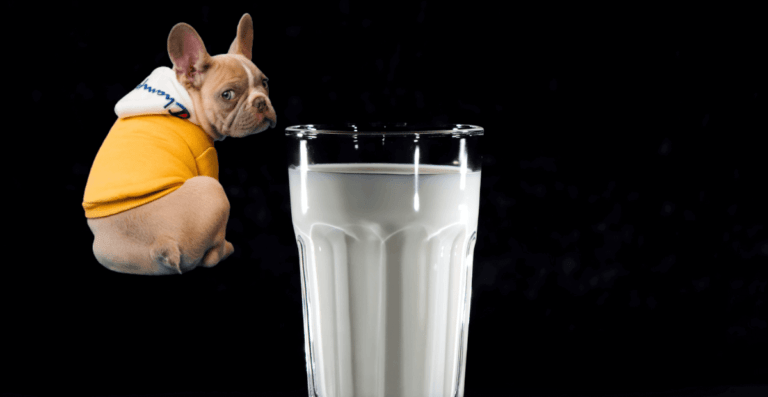How to Store Dog Food Properly: A Comprehensive Guide for Pet Owners
As a pet owner, ensuring that your furry friend’s food is stored correctly is crucial for maintaining its nutritional value and freshness. Storing dog food might seem straightforward, but there are several important factors to consider. This complete guide will walk you through the best practices for storing different types of dog food, helping you keep your pet healthy and happy.
Understanding Why Proper Storage Matters
Before diving into the storage methods, it’s important to understand why proper storage is essential. Dog food, like any other perishable item, can deteriorate if not stored correctly. Improper storage can lead to:
- Nutrient Degradation: Essential nutrients can break down, diminishing the food’s health benefits.
- Spoilage: Exposure to air, moisture, and pests can cause food to spoil.
- Contamination: Improper storage can lead to bacterial or fungal growth, posing health risks to your pet.
Storing Dry Dog Food
Dry dog food is a popular choice for many pet owners due to its convenience and long shelf life. Here’s how to store it correctly:
- Original Packaging: Keep the food in its original bag. These bags are often designed to preserve freshness.
- Airtight Containers: Transfer the food into an airtight container to protect it from air and pests. Ensure the container is clean and dry before use.
- Cool, Dry Place: Store the container in a cool, dry area away from direct sunlight and moisture.
- Avoid Bulk Buying: Buy only as much as your dog can consume within a month to ensure the food stays fresh.
Storing Wet Dog Food
Wet dog food requires different storage techniques due to its moisture content:
- Refrigerate After Opening: Once opened, refrigerate the remaining wet food in a sealed container. It’s typically safe to use for up to 5 days.
- Portion Control: If your dog doesn’t finish the entire can, consider dividing it into portions and storing them separately.
General Tips for All Dog Food Types
Regardless of the type of dog food, these general tips will come in handy:
- Check Expiry Dates: Always note the ‘best by’ dates and try to use the food before this time.
- First-In, First-Out: Use older food first before opening a new package.
- Clean Storage Containers: Regularly clean and thoroughly dry any storage containers to prevent bacterial growth.
- Keep Food Sealed: Always seal food bags or containers tightly after use.
- Avoid Contaminants: Keep the food away from cleaning supplies or any other contaminants.
Conclusion
Proper storage of dog food is key to preserving its quality and ensuring your pet receives the nutrition they need. By following these guidelines, you can keep your dog’s food fresh, safe, and nutritious for longer. Remember, the care you put into storing your pet’s food reflects the love and attention you give to their overall well-being.
Frequently Asked Questions (FAQs)
Q: Can I store dry and wet dog food together?
A: It’s not recommended to store dry and wet dog food together. Wet food should be refrigerated after opening, whereas dry food should be stored in a cool, dry place. Mixing the two can lead to spoilage and contamination.
Q: How long can dry dog food last once opened?
A: Once opened, dry dog food can last up to six weeks if stored properly. However, it’s best to use it within a month for optimal freshness.
Q: Is it safe to freeze wet dog food?
A: Yes, you can freeze wet dog food. Freezing can extend its shelf life, but make sure to thaw it properly before feeding it to your dog. Also, check the food’s texture and smell after thawing to ensure it’s still good.
Q: Do I need a special container to store dog food?
A: While you don’t necessarily need a special container, using an airtight container can help maintain the food’s freshness and keep pests out. Make sure the container is clean and dry before use.
Q: How do I know if my dog’s food has gone bad?
A: Signs of spoiled dog food include a foul odor, mold, changes in texture, or pests in the food. If you notice any of these signs, it’s best to discard the food.
Subscribe to our weekly newsletter below and never miss the latest article.









